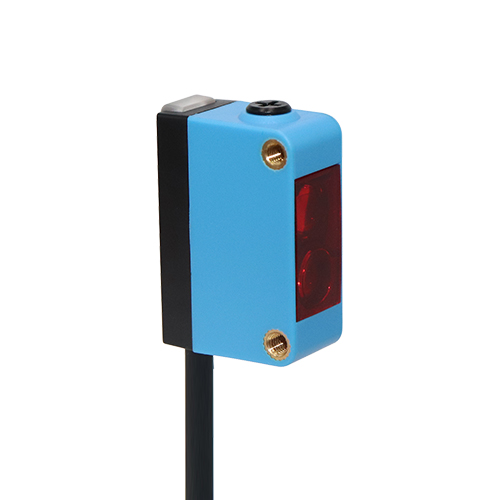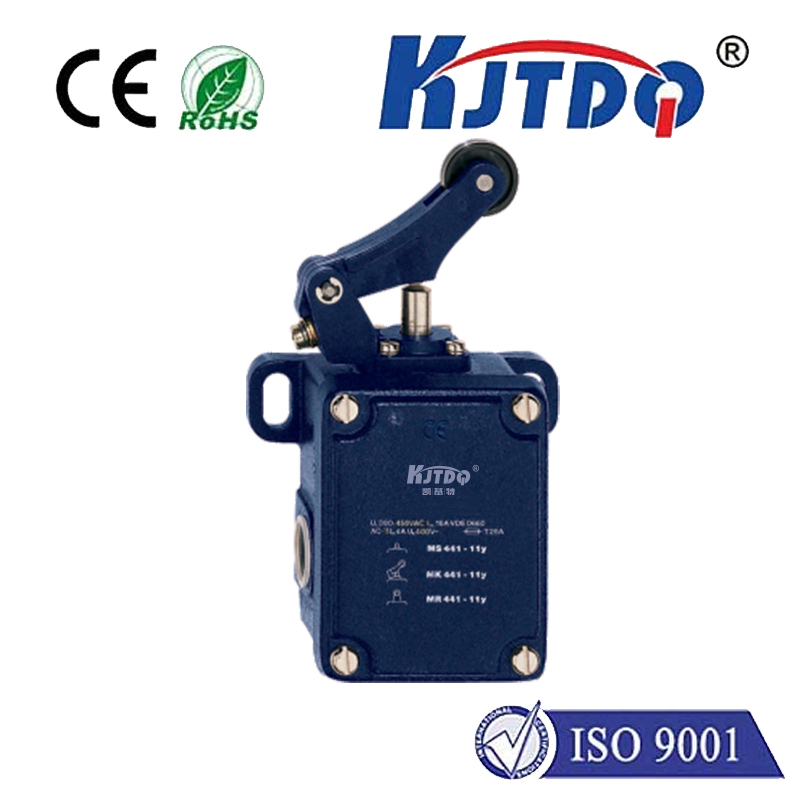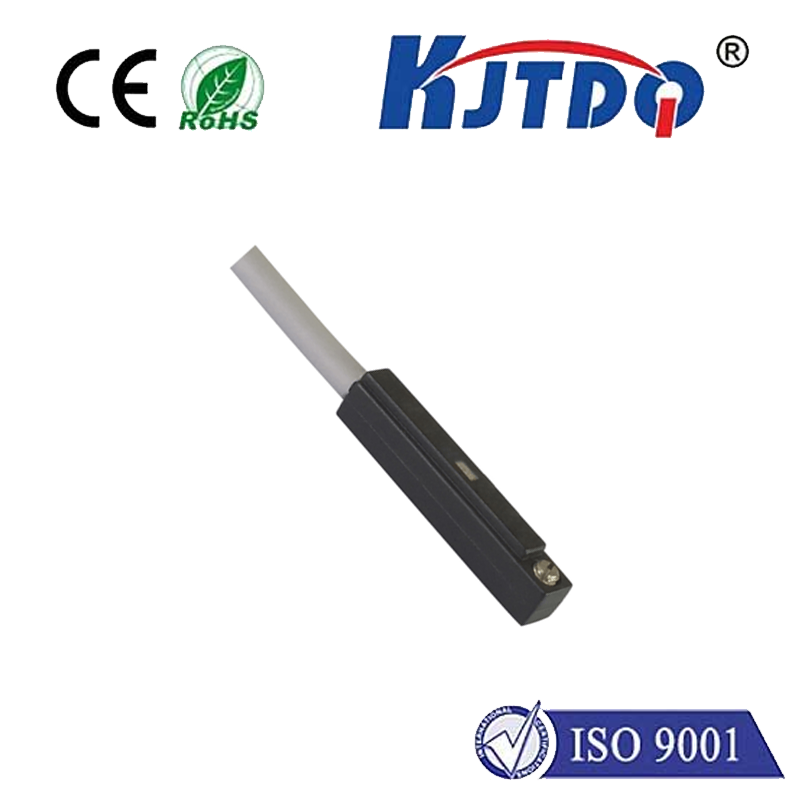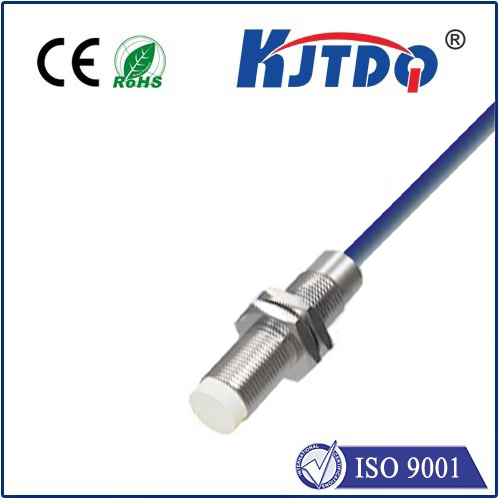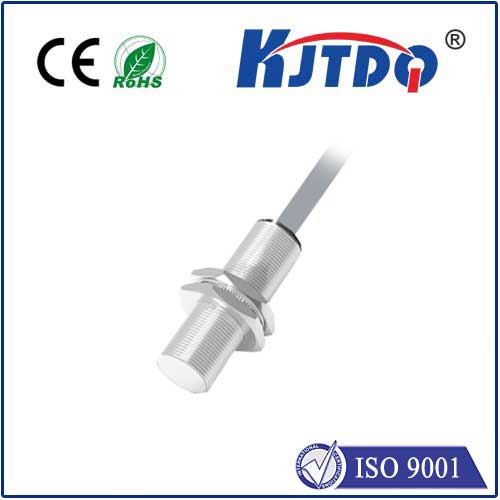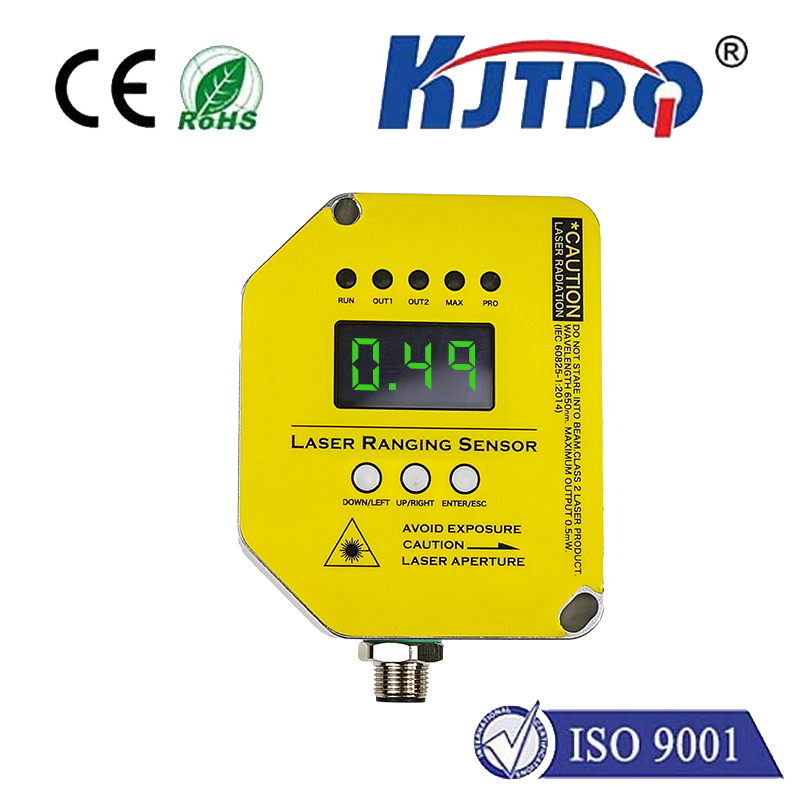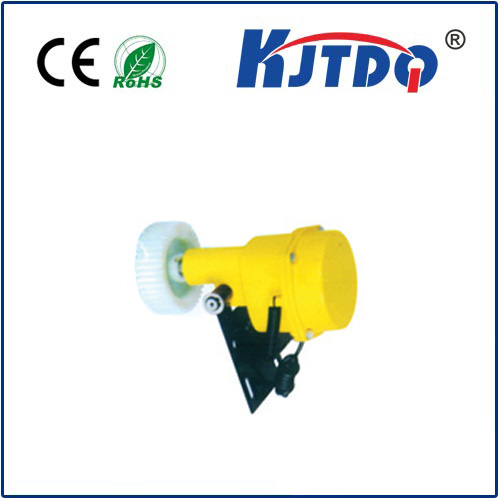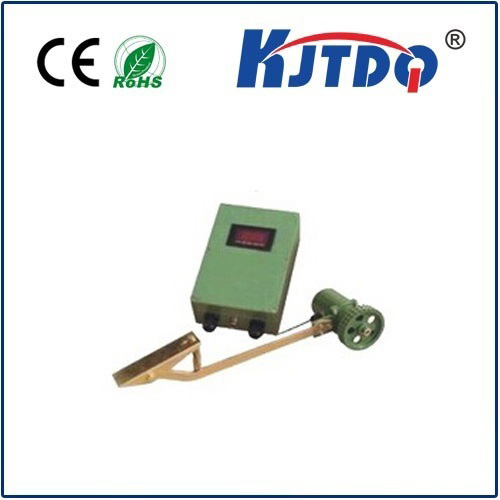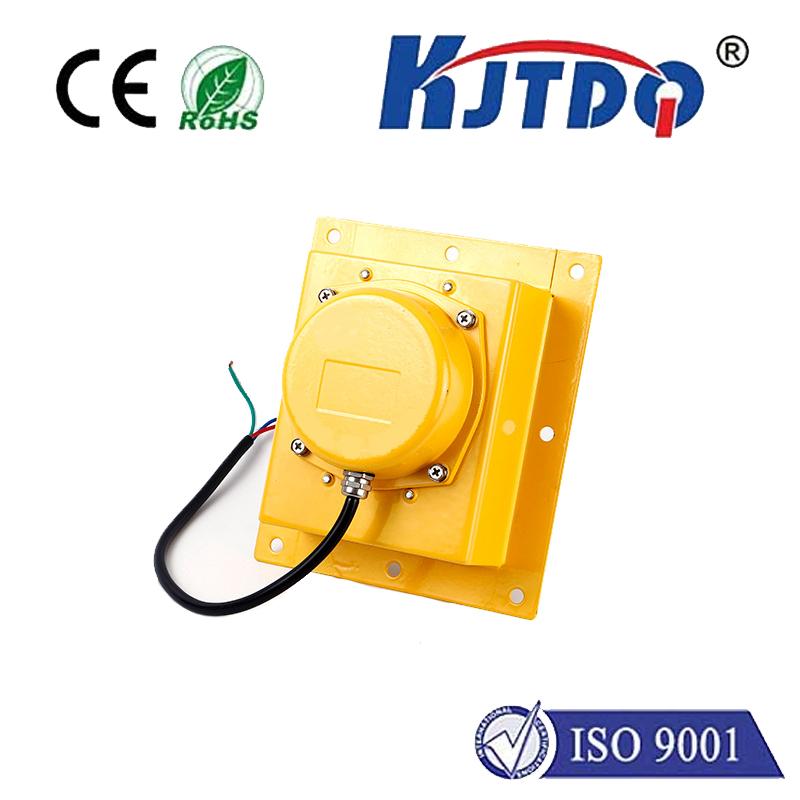
check

check

check

check

Title: “Unlocking the World of Miniature Inductive Proximity Sensors: A Comprehensive Guide” In today’s rapidly advancing technological landscape, miniature inductive proximity sensors stand as a testament to the marvels of modern engineering. These diminutive devices, though small in size, pack a significant punch when it comes to their functionality and applications. This article delves into the intricate world of these sensors, shedding light on their design, operational principles, and diverse uses that have made them indispensable in various industries. Understanding Miniature Inductive Proximity Sensors At the core of a miniature inductive proximity sensor lies an ingeniously simple yet highly effective mechanism for detecting metallic objects without any direct physical contact. The principle behind these sensors revolves around electromagnetic induction. When an alternating current is passed through the sensor coil, it generates a magnetic field. Upon approaching a conductive object, eddy currents are induced within the surface of the object, which then opposes the magnetic field generated by the sensor. This disturbance in the magnetic field alters the impedance of the sensor coil, triggering an electrical signal that can be interpreted to confirm the presence or absence of the target. Key Features and Advantages One of the most notable advantages of miniature inductive proximity sensors is their compactness. Their reduced size allows for integration into tight spaces where larger sensors would be impractical. Despite their small form factor, they maintain high sensitivity and reliability, making them ideal for precision applications. Additionally, these sensors boast fast response times, ensuring immediate detection and reaction to changes in their environment. They also exhibit excellent durability, capable of withstanding harsh conditions such as extreme temperatures, vibrations, and exposure to moisture or dust, thanks to their robust construction and lack of moving parts. Applications Across Industries The versatility of miniature inductive proximity sensors has led to their widespread adoption across numerous sectors. In the automotive industry, they play a crucial role in engine management systems, monitoring piston position and crankshaft rotation for improved performance and fuel efficiency. In manufacturing, they ensure accurate product positioning during assembly lines, enhancing automation and productivity. In the realm of robotics, these sensors enable precise control over robotic movements and interactions, facilitating advanced tasks like pick-and-place operations. Furthermore, they find application in security systems for door access control and metal detection at airports. Conclusion Miniature inductive proximity sensors epitomize the power of miniaturization in technology. Their ability to deliver accurate detection in confined spaces while maintaining robustness makes them a cornerstone of modern automation and sensing solutions. As technology continues to evolve, we can anticipate even more innovative applications emerging from this fascinating field. Whether it’s optimizing industrial processes, safeguarding our homes, or propelling the future of autonomous vehicles, these diminutive but powerful sensors will continue to play a pivotal role in shaping tomorrow’s world.
